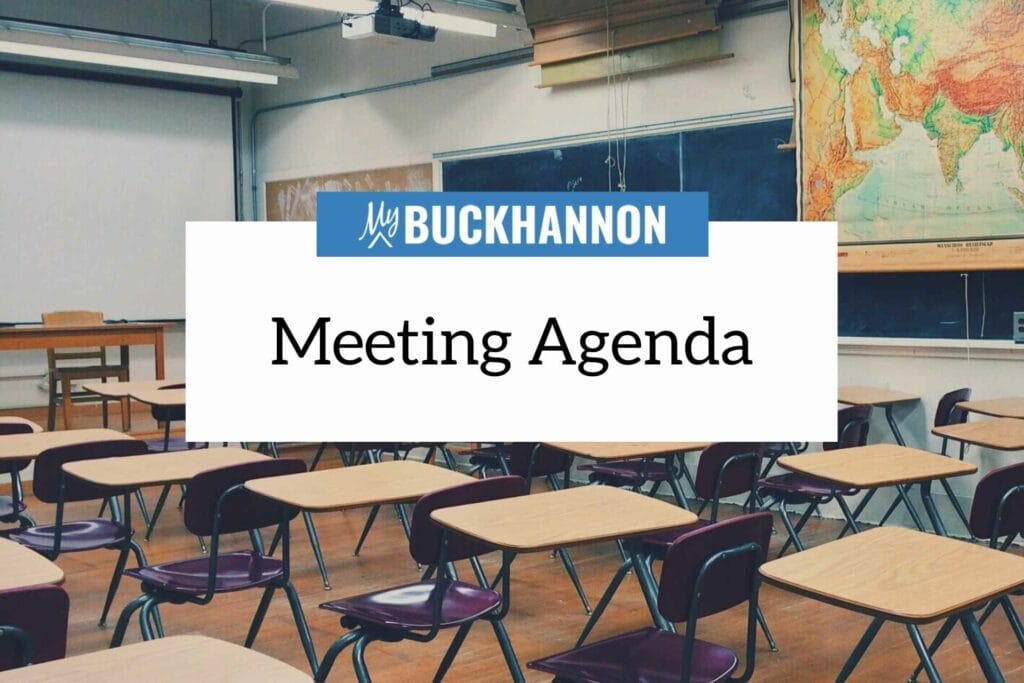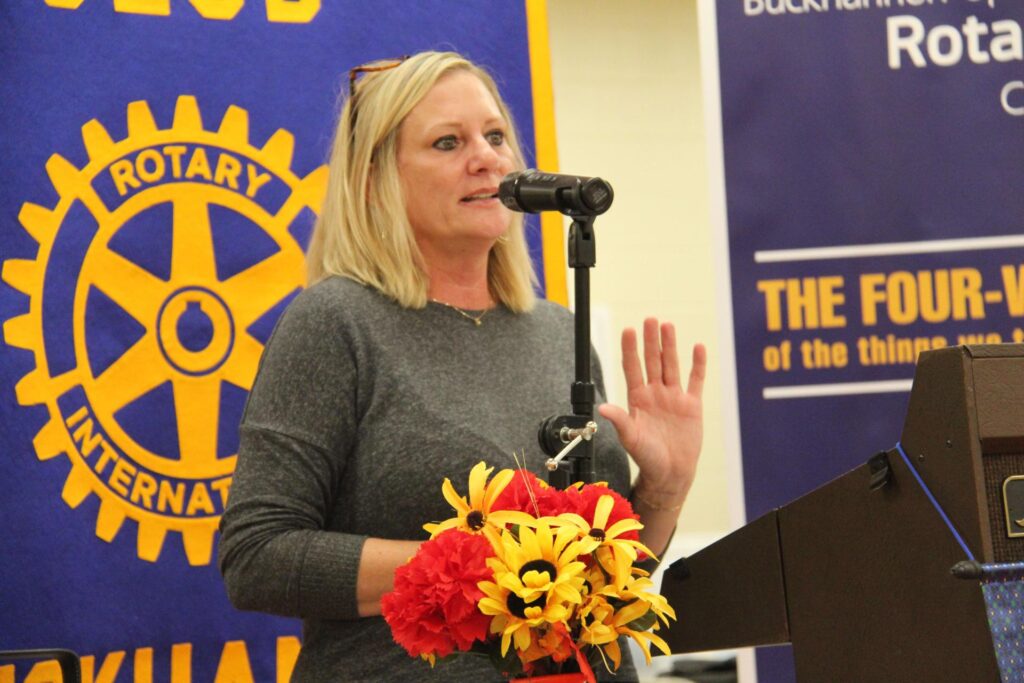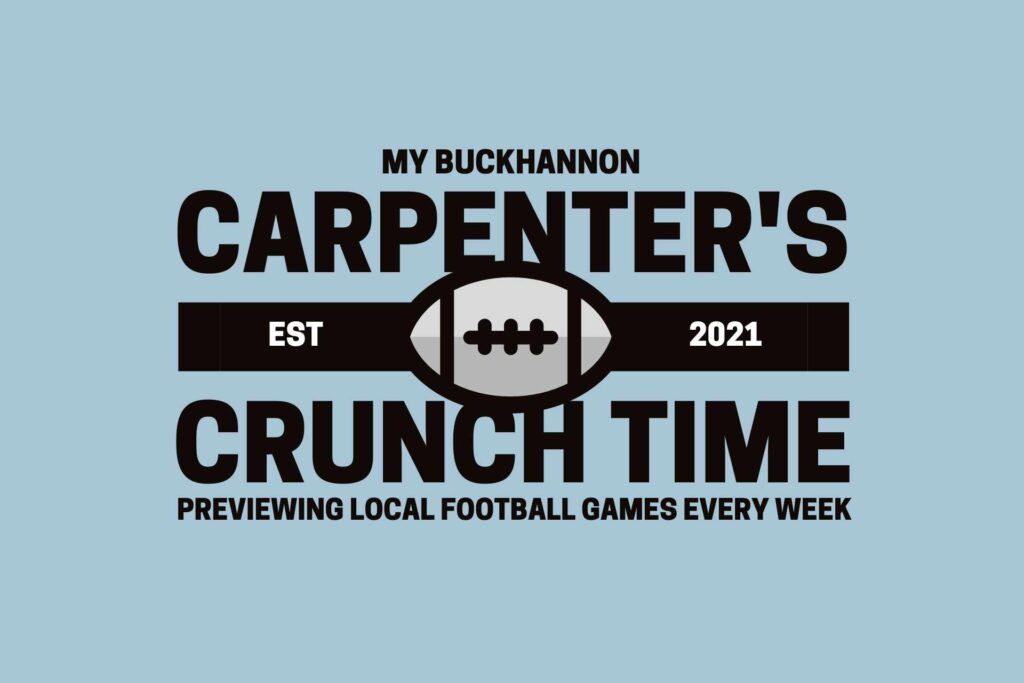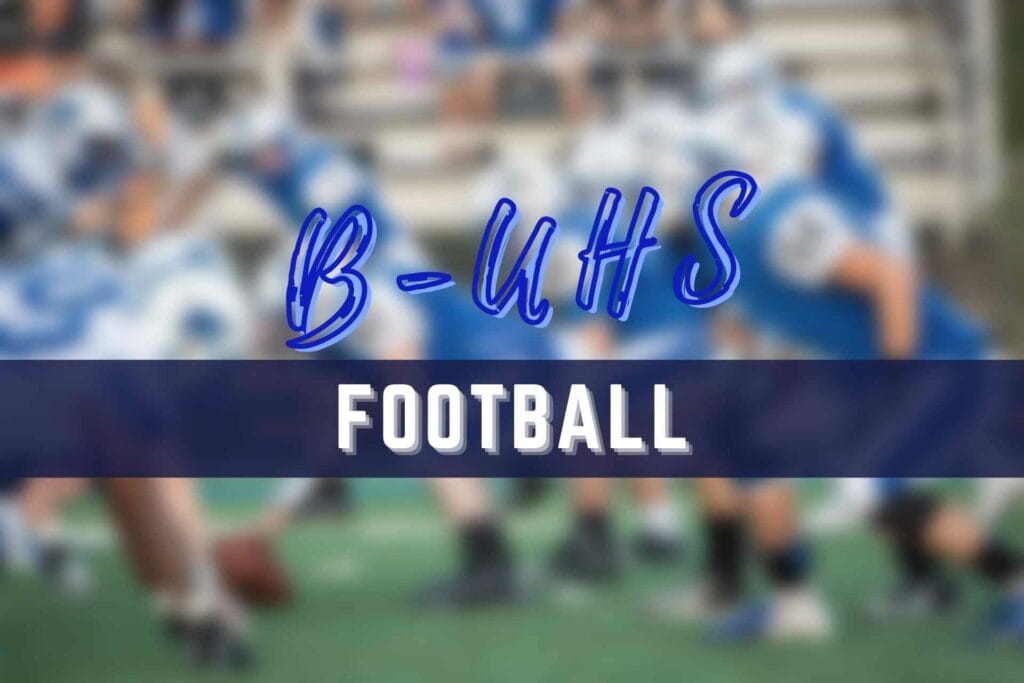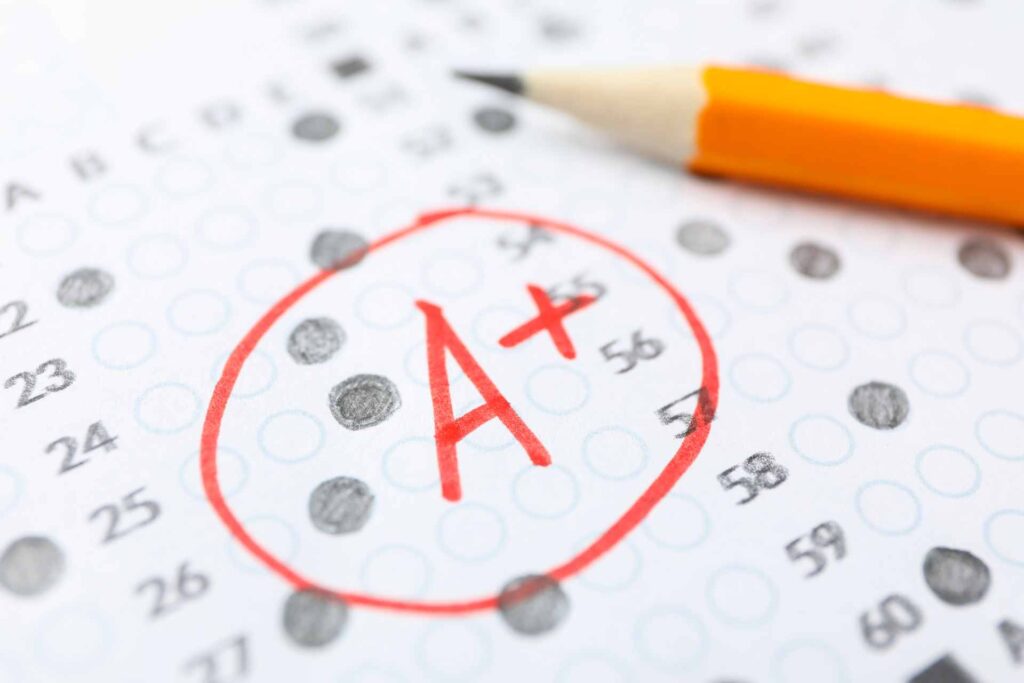Editor’s note: This story was originally published by Mountain State Spotlight. Get stories like this delivered to your email inbox once a week; sign up for the free newsletter at mountainstatespotlight.org/newsletter
By Duncan Slade, Mountain State Spotlight
As students prepare to return to campus, painful cuts to degree programs and faculty positions at West Virginia University are on the horizon as administrators work to fix a $45 million budget deficit.
At this moment, almost half of the faculty are waiting to find out whether they will still have a job in a year or need to find work elsewhere.
Based on enrollment trends and revenue, many degree programs across the campus are having to prove to administrators that they will be able to attract students and valuable tuition dollars in the years to come.
The process is expected to be finished by mid-fall and will result in some tenured professors being laid off as programs are downsized or eliminated.
“Please understand how demoralizing, heartbreaking, and scary it is to think you are secure in your faculty position only to now live in fear every day that it will be cut,” wrote a faculty member in a public comment — one of almost two hundred submitted in response to a recently proposed rule changes that will make it easier to lay off faculty.
In one letter to the board, dozens of professors said that the way in which the layoffs are being done will make it difficult to recruit faculty, undermine academic freedom, imperil WVU’s research efforts and ultimately hurt students.
Here’s what you need to know.
Why is there a budget crisis at WVU?
Student enrollment, the single biggest source of revenue through tuition, has steadily declined over the past decade and is expected to continue going down. Today, around 5,000 fewer students are enrolled – and paying tuition – than in 2014.
The enrollment decline started before the COVID-19 pandemic but was exacerbated by it. Both in West Virginia and nationwide, fewer high school seniors are choosing to attend college than before the pandemic.
At WVU, a long-term budget problem became an immediate budget crunch after the university enrolled smaller freshmen classes during the pandemic and administrators underestimated how many students would graduate in spring of 2022. More students left than were coming in, and tuition revenue went down.
WVU’s budget situation is also closely tied to actions by state lawmakers. Public funding has gone down over the last decade, forcing the university to become more dependent on tuition revenue, according to analysis from the West Virginia Center on Budget and Policy.
While both enrollment and state funding have declined, expenses have increased. Changes made by lawmakers earlier this year to the state health insurance plan will cost the university $10 million more next year. Inflation and higher wages have also affected the budget, according to administrators.
“At the end of the day, we’ve dropped enrollment,” Rob Alsop, vice president for strategic initiatives, said during a meeting with faculty earlier this summer. “Our expenses are up. Our state appropriations are not going to save us. And we’ve got to figure out a pathway collectively forward.”
What is WVU going to do about its budget deficit?
In March, WVU administrators announced the $45 million budget shortfall and quickly began a review of degree programs. By mid-summer, almost half were placed “under review” based on enrollment and revenue.
The list includes the law school, the education program, the creative arts college, the public health school, the pharmacy school, the math program, some engineering programs and more.
Faculty and leaders have defended their programs and made the case for why they should be kept. In light of the enrollment and revenue data collected by top administrators, leadership from each program have recently submitted plans detailing current and future efforts to increase enrollment and reduce costs.
Closing or shrinking programs and the resulting layoffs are the latest — and most drastic — cost-cutting measure that WVU has asked faculty to go through.
Since 2020, administrators have been looking to cut costs through a process that they’ve called “Academic Transformation.” Prior to the current review, they have merged two pairs of colleges and restructured other programs.
At the beginning of this year, budget officials implemented a hiring freeze and stopped spending on supplies, employee hospitality and travel in most situations. Printing on physical paper was specifically discouraged.
Who is to blame for the budget crisis? Who will fix it?
In a state with a declining college-going rate and poor economic conditions, several external factors have contributed to the crisis.
President E. Gordon Gee, who just had his contract renewed through 2025 by the university’s governing board and says he plans to step down afterwards, has presented the budget cuts as a necessary step to continue attracting students to a smaller institution.
“My friends, we have been overgrown for a very long time,” he said in a March address to faculty and students.
After Gee was chosen as WVU’s president in 2014, he pledged to increase enrollment to 40,000 students, an increase of several thousand students. Enrollment has steadily gone down since and is now around 26,000.
Administrators have been in the driver’s seat during this crisis. They’ve decided when to release information, changed rules to make it easier to lay off faculty members and, ultimately, will decide who to cut.
Faculty acknowledge that the budget crisis must be dealt with but have sharply criticized the speed and manner in which cuts are being made. Several times, faculty members have asked why highly-paid senior administrators are not taking pay cuts to help with the crisis.
Alsop, who oversees much of the university’s business operations, has said that this would be bad for morale and make it difficult to recruit future job candidates.
How does this change what WVU will be in a decade?
In a decade, there will likely be fewer faculty, fewer staff and fewer students at WVU.
Gee has presented a vision of a smaller institution that is focused on programs that students want. He has also frequently emphasized WVU’s health care and research wings as significant parts of the university’s future.
Those areas have grown in recent years with more grant revenue to do research and WVU Medicine’s expansion across the state.
Some high school seniors may find that the program they want to attend no longer exists at WVU. But it’s not clear yet exactly what programs these could be.
On August 14, WVU is expected to release information about which academic programs are on the chopping block and could be downsized or discontinued. Final decisions will be made in September.
Reach reporter Duncan Slade at duncanslade@mountainstatespotlight.org.



